
The Woodlands Dermatology Associates and Montgomery Dermatology are staffed with experts committed to finding the best solution for your skin concerns and helping you maintain healthy, beautiful skin.
Main (281) 363-5050
After Hours (281) 537-3502
Text (281) 533-6824
Complete Dermatological and Mohs Surgeries
- Two fellowship training and board-certified surgeons
- Mohs for skin cancers, excisions of melanomas, removals of more common skin conditions
- Visit the American College of Mohs Surgery to read more information on Mohs surgery
Our goal in surgery: Surgery can be stressful and a scary process. Our goal is to make this experience as easy as possible, taking the patient’s individual needs into consideration and using our expertise to ensure a successful day for all.
Commonly treated conditions
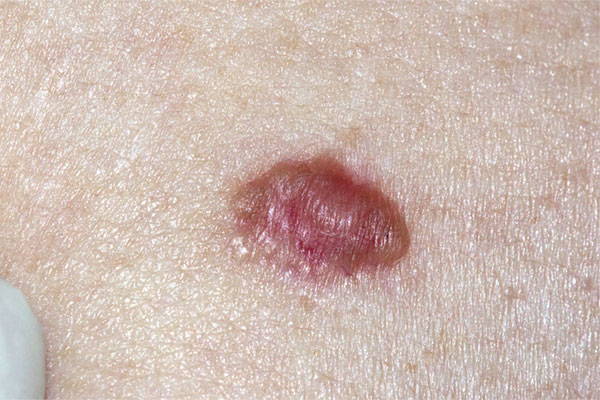
Basal cell carcinoma
Basal cell carcinoma is most often treated with surgery to remove…
Basal cell carcinoma
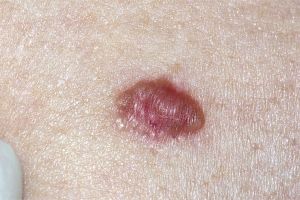 Basal cell carcinoma is most often treated with surgery to remove all of the cancer and some of the healthy tissue around it. Options might include surgical excision. In this procedure, your doctor cuts out the cancerous lesion and a surrounding margin of healthy skin.
Basal cell carcinoma is most often treated with surgery to remove all of the cancer and some of the healthy tissue around it. Options might include surgical excision. In this procedure, your doctor cuts out the cancerous lesion and a surrounding margin of healthy skin.
Squamous cell carcinoma
Most squamous cell carcinomas can be removed with minor surgery…
Squamous cell carcinoma
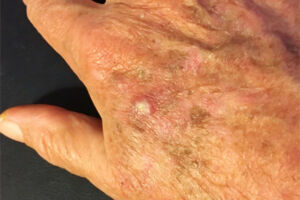 Most squamous cell carcinomas of the skin can be completely removed with relatively minor surgery or occasionally with a medicine applied to the skin. Which treatments are best for you depends on the size, location and aggressiveness of the tumor, as well as your own preferences.
Most squamous cell carcinomas of the skin can be completely removed with relatively minor surgery or occasionally with a medicine applied to the skin. Which treatments are best for you depends on the size, location and aggressiveness of the tumor, as well as your own preferences.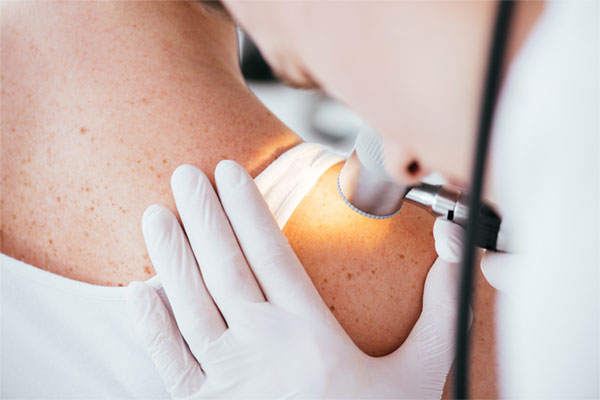
Melanoma
Treatment for early-stage melanomas usually includes surgery to remove…
Melanoma
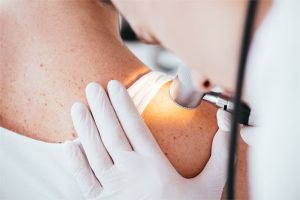 Treatment for early-stage melanomas usually includes surgery to remove the melanoma. Some deeper melanomas may require further treatment beyond surgery. Those decisions will be discussed with your surgeon.
Treatment for early-stage melanomas usually includes surgery to remove the melanoma. Some deeper melanomas may require further treatment beyond surgery. Those decisions will be discussed with your surgeon.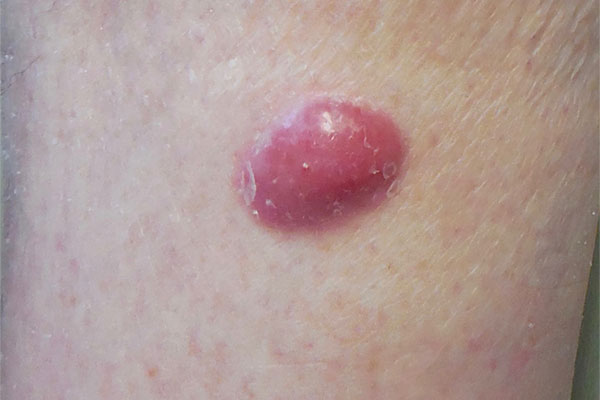
Merkel cell carcinoma
Treatments for Merkel cell carcinoma may include surgery…
Merkel cell carcinoma
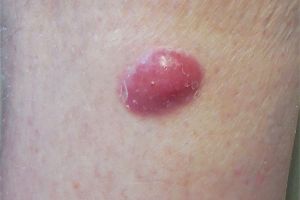 Treatments for Merkel cell carcinoma can include Mohs surgery, radiation therapy, immunotherapy, or chemotherapy.
Treatments for Merkel cell carcinoma can include Mohs surgery, radiation therapy, immunotherapy, or chemotherapy.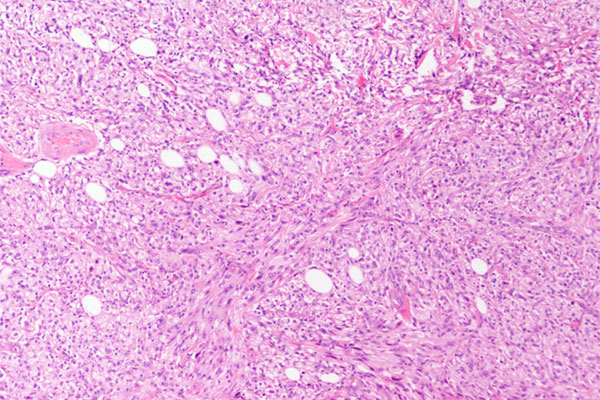
Atypical fibroxanthoma
Atypical fibroxanthoma is treated by complete surgical excision…
Atypical fibroxanthoma
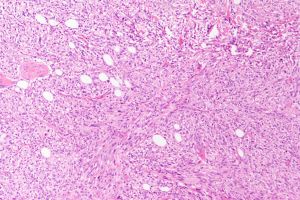 The recommended treatment for atypical fibroxanthoma (AFX) is surgical removal of the entire tumor with Mohs surgery or wide local excision.
The recommended treatment for atypical fibroxanthoma (AFX) is surgical removal of the entire tumor with Mohs surgery or wide local excision.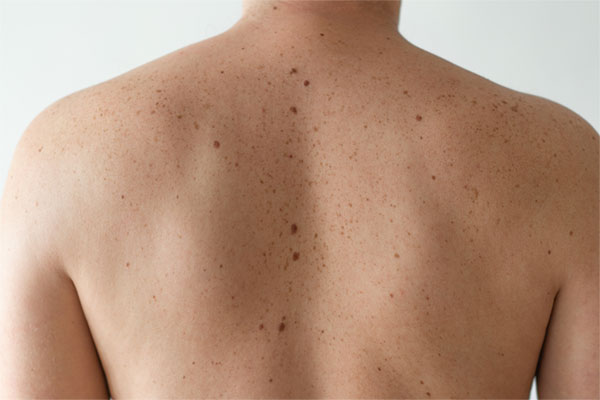
Benign moles
Some benign moles may develop into skin cancer (melanoma)…
Benign moles
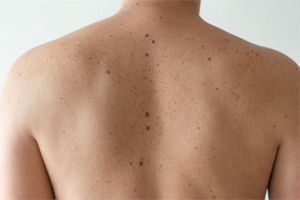 When a mole is benign (noncancerous), removing it is usually a minor office-based procedure that can be done in our office in just a few minutes.
When a mole is benign (noncancerous), removing it is usually a minor office-based procedure that can be done in our office in just a few minutes.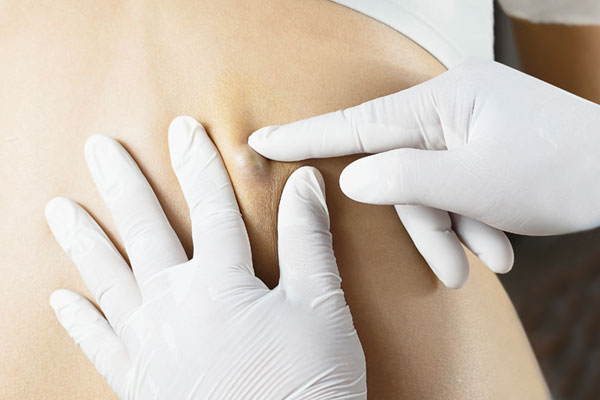
Cysts
Depending on the cause and location, a cyst contains semi-solid or solid material…
Cysts
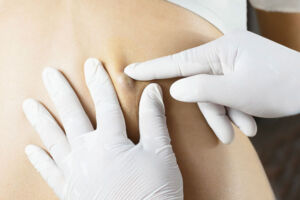 The typical treatment for any cyst is removal by surgery and a routine test for cancer, even though most cysts are benign.
The typical treatment for any cyst is removal by surgery and a routine test for cancer, even though most cysts are benign.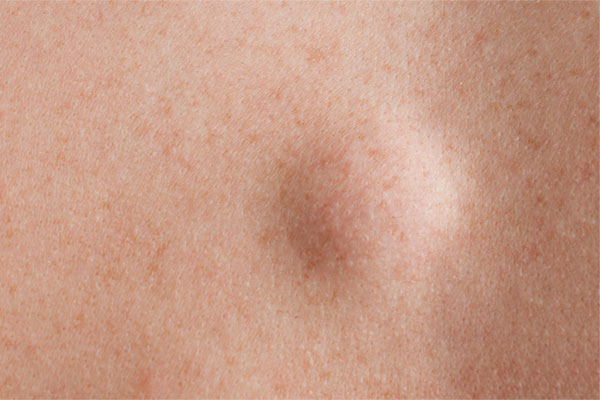
Lipomas
A lipoma isn’t cancer and usually is harmless and may not require treatment…
Lipomas
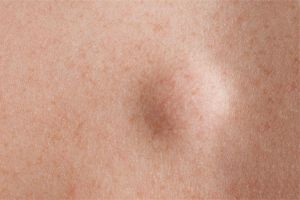 A lipoma isn’t cancer and usually is harmless. Treatment generally isn’t necessary, but if the lipoma bothers you, is painful or is growing, you may want to have it removed. There are rare lipomas that can develop into cancer; therefore, all lipomas are sent for pathology.
A lipoma isn’t cancer and usually is harmless. Treatment generally isn’t necessary, but if the lipoma bothers you, is painful or is growing, you may want to have it removed. There are rare lipomas that can develop into cancer; therefore, all lipomas are sent for pathology.What to expect before, during, and after Mohs surgery

Before Mohs Micrographic Surgery
What to expect with surgical excision…
Before Mohs Micrographic Surgery
What to expect: On the day of surgery, you will be given local anesthesia only. We inject the anesthesia directly into the affected area so that patients experience no pain after the anesthetic takes effect. The procedure takes 30 minutes to 1 hour, depending on the size and depth of the skin excision. Patients remain awake and fully informed during their excision. Once the excision is performed, the lesion is placed in a specimen container and sent to the pathologist for evaluation. The dermatopathologist checks the margins or gives us a diagnosis if necessary.
Medications: Please take all your normal medications, including blood thinners, on the day of your surgery.
Antibiotics– If you usually require antibiotics prior to dental work, please let the nurse know when you arrive at your appointment. Medical conditions that sometimes require preoperative antibiotics include artificial heart valves, heart murmurs, artificial joints, and related problems.
Special occasions: Surgery often creates swelling and bruising. The post-op dressing may be rather large and obvious. Please keep this in mind as you arrange your social/work schedule and consider any important events you may have already planned.
Activity limits after surgery: It’s important to know the physical limitations following your excision. Do not engage in strenuous physical activity or submerge in pools or lakes after your surgery. These limitations are likely to impact golf, tennis, gym activities, etc. Depending on the anatomical site, some physical activity is allowed. Ask your doctor specifically what you can and can’t do (including travel plans), and they will explain the physical limitations necessary for your healing.
Transportation: Skin surgery (excision) is done under local anesthesia. Most patients are able to drive themselves home after the surgery. However, if you’ve had problems after procedures you’ve had done in the past, it may be advisable to bring a companion with you on the day of your surgery to drive you and make sure you get home safely after your surgery. If your surgery is near the eye, postoperative bandaging can also be interference, and having someone drive you to and from surgery should be considered.
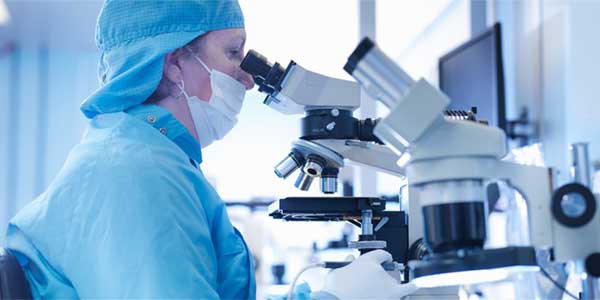
The Day of Mohs Micrographic Surgery
What to expect the day of surgery…
Mohs / EFS
What to expect: On the day of surgery, you will be given local anesthesia only (similar to what was given to you during your initial biopsy). You will remain awake. You will verify the location of the skin cancer prior to the onset of the surgery. Once the area is numb, the tissue containing the skin cancer will be removed, taking a small safety margin. The first layer (“Stage I”) will be processed in our laboratory. The wound will be treated for bleeding, and a bandage will be placed to keep you comfortable while you wait approximately 45 minutes-1 hour (for the processing of the tissue). The surgeon will examine the pathology in the lab, checking all the margins.
If any margin is not clear, a second layer (“Stage 2”) will be taken. The area will be re-anesthetized, and the surgeon will remove more skin only in the area where cancer exists. This process will continue until all the skin cancer is removed. Unfortunately, there is no method to predict how many layers or stages will be taken. Once the margins are cleared, the surgeon will discuss the best ways to close the defect. Most wounds may be closed with stitches. A larger wound may require a skin graft or a flap.
Medications: Please take all your normal medications, including blood thinners, the morning of your surgery. If you are a diabetic, please bring your insulin or medications with you, as well as a snack to avoid having low blood sugar during your day with us.
Antibiotics – If you usually require antibiotics prior to dental work, please let the nurse know when you arrive at your appointment. Medical conditions that sometimes require preoperative antibiotics include artificial heart valves, heart murmurs, artificial joints, and related problems.
What to bring with you on the day of your surgery:
- Bring snacks – Since you could be at the office for an extended time, you may bring snacks and/or lunch with you.
- Bring a sweater – Bring a sweater or jacket that buttons or zips down the front and will not disturb your wound dressing during removal.
- Bring something to do – You will be spending much of the day in our office. There will be 45-60 minute waiting periods between layers/stages, so it is nice to have something to keep you occupied, such as books, magazines, knitting, music, or work.
Planning ahead:
- Other appointments – It is important to realize that no matter how small the skin cancer appears to be, looks can be deceiving. Since your surgery may last the entire day, you should not schedule any other appointments that day.
- Special occasions – Surgery often creates swelling and bruising. Also, the post-op dressing may be rather large and obvious. Keep this in mind as you arrange your social/work schedule. If an important event is already planned.
- Activity limits after surgery – If surgery was performed on your face, we recommend that you keep your activity level to a minimum for 2-3 days (the blood pressure elevation related to exercise can lead to bleeding). If you have stitches in an area that will be under tension or significant movement (neck, back, arms, legs), you will need to avoid heavy lifting (anything over 5 pounds) or exercise for at least 2 weeks and possibly longer. We also advise that you limit out-of-town travel for the first 7 days after surgery. You should also wait at least 7 days before going into a pool or the ocean. If surgery is around your mouth area, you may need to eat soft foods, such as soup, milkshakes, or yogurt, for 48 hours.
- Transportation – Mohs surgery is done under local anesthesia. Most patients are able to drive themselves home after the surgery. However, if you’ve had problems after procedures you’ve had done in the past, it may be advisable to bring a companion with you on the day of your surgery to drive you and make sure you get home safely after your surgery. If your surgery is near the eye, postoperative bandaging can also be interference, and having someone drive you to and from surgery should be considered.
Rescheduling: If you need to reschedule your surgery, please notify the office as soon as possible.

After Mohs Micrographic Surgery
Suture Wound After Care Instructions…
After Surgery Wound Care Instructions
You will need to have hydrogen peroxide, Q-tips or cotton balls, Vaseline or Aquaphor (unless a substitute antibiotic ointment is given), and an appropriate-sized bandage.
2. Wound care
- Dressing needs to be kept dry for 24 hours. Afterwards, remove all bandaging to expose sutures. The wound may then get wet in the shower and may be gently patted dry. No scrubbing. You may let soap and water run over the surgery site.
- After the bandage is removed, clean the wound once daily with hydrogen peroxide. You may use Q-tips, cotton balls, or pour the hydrogen peroxide over the wound. Remove all crusted material that comes off easily.
- Dry the area and apply a liberal amount of Vaseline or Aquaphor twice daily.
- Cover your wound with an appropriate-sized bandage. You may need to trim a larger bandage to fit.
- Continue wound care until sutures are removed.
3. Pain control
- Unless your doctor states otherwise or gives you a prescription for pain medication, take Tylenol for pain as needed. Avoid Motrin, Aleve, and Ibuprofen as these have blood-thinning properties and may cause bleeding.
- Avoid activity that causes swelling. Swelling can cause significant pain.
- Use an ice pack numerous times over the first 48 hours. Apply an ice pack for 20 minutes at a time, with approximately 2 hours between sessions. (Hint: Frozen peas in a zip lock bag work very nicely.)
4. Activities
- After surgery, go home and take it easy (no exertion, lifting, bending, or straining). Exertional activity may cause pain, bleeding, infection, and a poor cosmetic outcome.
- Do not do any heavy lifting or work out exercising for at least: [ ] 1 week [ ] 10 days [ ] 2 weeks
- Do not submerge wound area in any type of dirty water (i.e.: no lakes, pools, oceans, or hot tubs).
5. For facial wounds
- Keep your head elevated above your heart while resting and sleeping.
- It is normal to have bruising or discoloration around or below the surgery site, especially around the eyes. Do not be alarmed; this will fade with time.
6. Notify the doctor if the following occurs:
- Bleeding that saturates your dressing (spotting on the dressing is expected). To stop bleeding, hold direct pressure over the dressing for 20 minutes with gauze or a thin towel. Do not remove the dressing. The pressure must be constant for 20 minutes – do not remove pressure to check if the bleeding has stopped for a full 20 minutes.
- Temperature greater than 100°F, severe nausea or vomiting, severe pain not relieved with Tylenol and ice packs.
- Signs of infection (i.e.: worsening redness, swelling, foul-smelling drainage, pain or heat).
For questions or concerns, call the surgery center:
(Monday-Friday 8:30AM-4:30PM) (281) 363-5050, ext. 166, 162, 163, 155
